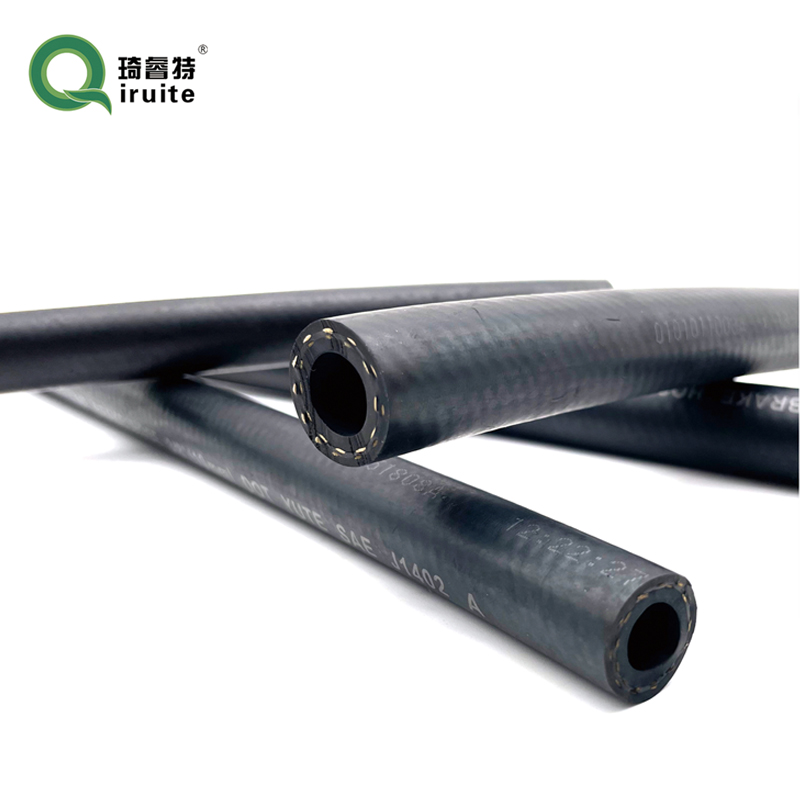Understanding Air Conditioner Components and Their Functions
Understanding Air Conditioner Lines Function, Maintenance, and Importance
Air conditioning systems play a crucial role in creating a comfortable indoor environment, especially during hot summer months. Central to the functioning of these systems are the air conditioner lines. Understanding these lines, their functions, and the need for proper maintenance can help ensure the efficient operation of your air conditioner.
Types of Air Conditioner Lines
Air conditioning systems typically consist of two main types of lines the suction line and the liquid line.
1. Suction Line This insulated line is responsible for carrying refrigerant vapor from the evaporator coil back to the compressor. The refrigerant in this line is low-pressure and absorbs heat from indoor air, thereby cooling it as it circulates through the system. Proper insulation of the suction line is vital, as it prevents loss of cooling and optimizes the overall efficiency of the air conditioner.
2. Liquid Line In contrast, the liquid line carries the high-pressure refrigerant in liquid form from the condenser to the expansion valve or evaporator. This line is generally smaller in diameter compared to the suction line. The refrigerant in the liquid line is a cooled, high-pressure substance that will ultimately enter the evaporator coil, where it will absorb heat from the indoor air.
Both of these lines are essential for the effective operation of an air conditioning system. If they become damaged or malfunctioning, the entire system can suffer, leading to inefficiencies and increased energy costs.
air conditioner lines

Importance of Proper Maintenance
Maintaining air conditioner lines is crucial for several reasons. Firstly, any leaks in the suction or liquid line can lead to a loss of refrigerant, which not only diminishes cooling efficiency but also causes the system to work harder, resulting in increased wear and tear. This can eventually lead to costly repairs or complete system failure. Regular inspection and maintenance of these lines can prevent such issues and prolong the life of your system.
Secondly, ensuring that the lines are properly insulated prevents condensation from forming on the exterior, which can lead to water damage and foster mold growth. Proper insulation and sealing help maintain optimal temperatures within the lines, ensuring the refrigerant effectively absorbs and releases heat.
Signs of Trouble
Homeowners should be aware of signs indicating problems with their air conditioner lines. Some common symptoms include decreased cooling performance or hot air blowing from the vents, ice buildup on the lines, or unusual noises emanating from the unit. If any of these issues arise, it's imperative to seek professional assistance promptly. Experts can conduct a thorough inspection, identify potential leaks, and suggest necessary repairs or replacements.
Conclusion
In summary, air conditioner lines are critical components that contribute significantly to the cooling system's overall performance. Familiarizing oneself with the functions of the suction and liquid lines can empower homeowners to take better care of their air conditioning systems. Regular maintenance not only maximizes efficiency but also saves money in the long run by preventing costly repairs. As temperatures rise, ensuring that your air conditioner lines are well maintained will help keep your indoor environment comfortable and enjoyable. Whether you're dealing with routine inspections or addressing specific issues, staying proactive about your air conditioning system is key to a cool and restful home.
-
Ultimate Spiral Protection for Hoses & CablesNewsJun.26,2025
-
The Ultimate Quick-Connect Solutions for Every NeedNewsJun.26,2025
-
SAE J1401 Brake Hose: Reliable Choice for Safe BrakingNewsJun.26,2025
-
Reliable J2064 A/C Hoses for Real-World Cooling NeedsNewsJun.26,2025
-
Heavy-Duty Sewer Jetting Hoses Built to LastNewsJun.26,2025
-
Fix Power Steering Tube Leaks Fast – Durable & Affordable SolutionNewsJun.26,2025

